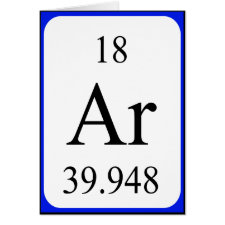
Authors: Gao BJ, Liu H, Cui KL
Article Title: Preparation and molecule-recognition characteristics of grafting type molecule-Imprinted membrane and potentiometric sensor for atrazine.
Publication date: 2018
Journal: Sensors and Actuators B: Chemical
Volume: 254
Page numbers: 1048-1056.
DOI: 10.1016/j.snb.2017.07.089
Alternative URL: http://www.sciencedirect.com/science/article/pii/S0925400517312960
Abstract: Based on molecular design, with non-porous chloromethylated polysulfone (CMPSF) membrane as basement-membrane, in which lipophilic ion-exchanger was uniformly distributed, graft type atrazine-imprinted membrane was prepared by adopting the novel imprinting method of "pre-graft polymerization and post-imprinting" with methacrylic acid (MAA) as functional monomer. CMPSF membrane was aminated, and a surface-initiating system of -NH2/S2O82- was constituted at the interfaces between the amination membrane and aqueous solution containing MAA and ammonium persulfate. By the initiating of the free radicals produced on amination membrane, MAA produces graft-polymerization, forming the grafted membrane PSF-g-PMAA. And then the grafted PMAA was crosslinked by ethylene glycol diglycidyl ether (EGDE) in the presence of atrazine molecules, which were beforehand adsorbed by PSF-g-PMAA membrane by right of electrostatic interaction, resulting in atrazine-imprinted membrane with grafting type. A membrane electrode with atrazine-imprinted membrane as sensitive membrane was constituted, and then a galvanic cell was assembled, namely, a potentiometric sensor for atrazine was fabricated. The experimental results show that the atrazine-imprinted membrane has specific recognition ability and excellent binding affinity for atrazine, and the selectivity coefficient of this imprinted membrane for atrazine relative to ametryn is 5.463 and the binding capacity gets up to 243 μg/cm2. The potentiometric sensor for atrazine exhibits Nernstian response to atrazine in the pH range of 7.0-8.0 over a wide concentration range of 1.0 x 10-7 - 1.0 x 10-4 mol/L with a slope of 25.9 mV/decade, and the detection limit is 4.7 x 10-8 mol/L. This potentiometric sensor has a rapid response time of about 10s, and it has excellent reversibility
Template and target information: atrazine
Author keywords: molecularly imprinted membrane, Grafting type, atrazine, potentiometric sensor



Join the Society for Molecular Imprinting

New items RSS feed
Sign-up for e-mail updates:
Choose between receiving an occasional newsletter or more frequent e-mail alerts.
Click here to go to the sign-up page.
Is your name elemental or peptidic? Enter your name and find out by clicking either of the buttons below!
Other products you may like:
 MIPdatabase
MIPdatabase









